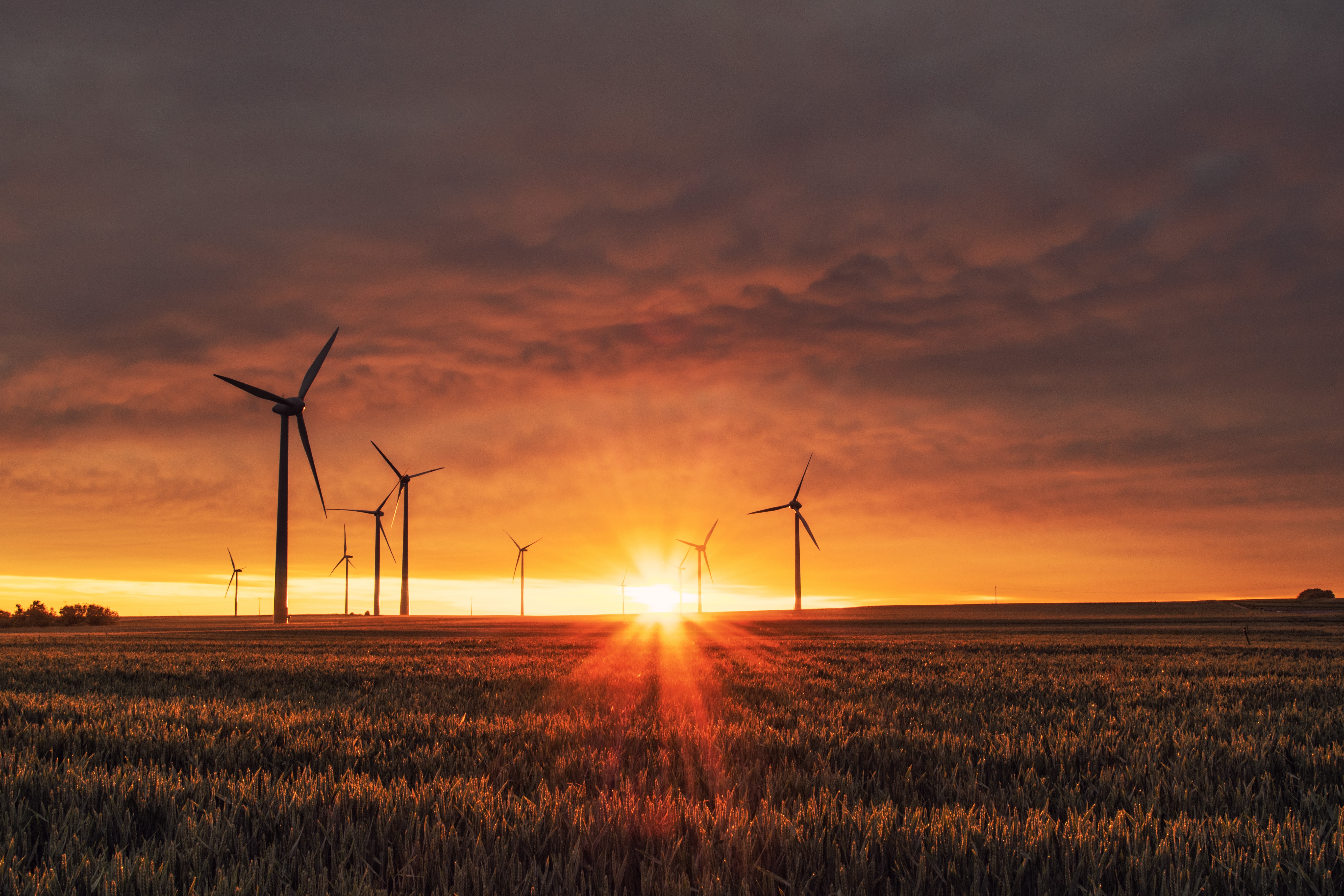About 40% of the world’s power generation is now renewable::About 40% of the world’s power generation is now renewable
83% of new power capacity created in 2022 was renewable, according to a report from the International Renewable Energy Agency (IRENA) and World Meteorological Organization (WMO). The report takes stock of the world's renewable en
I don’t see a graph here or source, do you know where it’s from? This is giving about 25%.


Edit: here’s the original paper if people want to dig through it for the data. I have a feeling the headline above is just the capacity rather than the actual generation.
The source in the article claims 27.8% so who knows…
Actual power generation depends on the capacity factors (CF) – namely the ratio between the average electricity generated by a power system and its nominal rated (or maximum) power. Thus, in terms of power produced, in 2021 (the latest figures available) hydropower generated 4 400 TWh, wind power 1 840 TWh, and solar power 1 030 TWh (IRENA, 2023b). The total global electricity consumption, from all sources, including renewables, was 28 500 TWh in 2022, a 2.5% increase compared with 2021 (and a 25% increase compared with ten years earlier, 2013) (EMBER, 2023). According to IRENA (2023b) the percentage of electricity consumption met by RE was 27.8% in 2022, up from 27.6% in 2021.
But in general they are talking about electricity, not energy. Maybe the 40% comes from best of situations when it’s windy where it needs to be and sunny where it needs to be.
So, did they mix up 14 with 40?
Idk. They might be playing tricks with installed capacity vs the actual energy coming from them, since solar and wind only produce at peak capacity sometimes.
Biomass is also pretty much the worst “renewable” energy source. Consume a buch of water, use land that could be used for food, rising the cost of basics from the people that can’t afford to pay more.
And I wonder what the efficiency is compared to something like solar, growing a tree for years just to burn it. I’m guessing it’s pretty abysmal.
Efficiency-wise, solar takes the lead. It converts around 15-20% of the sun’s energy into electricity, thanks to advances in tech. Biomass lags behind with 2-3% efficiency, mostly because of heat loss when burning.
Electric power generation, which is about 20% of all energy used.
What’s the difference here?
Not all gas, coal and oil are consumed to generate electricity. Lots is converted directly to energy in engines, furnaces, or other direct uses for the materials. They are saying that the title refers to 40% of the total electricity production is generated by renewables.
I’d love to know how much that percentage fluctuates with seasons, but on a global scale. Does summer in Australia compensate for winter in America, and vice versa, so that the sum is still 40% throughout the year?
Definitely not. There’s much less land mass in the southern hemisphere, so there’s also less utilisation of natural energy. Speaking as an Australian we’re also not super great at embracing the whole renewables thing so that definitely comes into it too lol.
Speaking as an Australian we’re also not super great at embracing the whole renewables thing
Erm… Australia has the more rooftop solar (32% of households) than any other country in the world and one state (south Australia) already has enough wind turbines to cover 100% of their overnight power consumption when the weather is favourable - with more being deployed (not to mention their grid is connected tot he rest of the nation, which is also investing in wind and hydro, so if it’s windy somewhere else that’s good enough).
We’re also moving pretty fast into hydrogen… in part because we have more power than we can use, so selling it (in the form of green hydrogen) makes sense.
We also have a dying but massive fossil fuel industry, and they spread a lot of FUD… but the reality is those power companies aren’t price competitive with renewable and never will be. They have no future and they’re just trying to delay the inevitable as long as possible.
Erm, you’re forgetting our massive coal exports which we have to take into consideration. Our rooftop solar doesn’t count for shit if we’re providing excess co2 tp the rest of the planet.
Additionally we’ve never had a year of lower emissions yet, we’ve only achieved to slow the rate of increase.
We’ve made some strides on the renewables front yes but it’s never been enough. We’re still increasing our carbon output year on year, due mostly to the political willpower for renewables simply not existing. Two years ago we had a prime minister who didn’t acknowledge climate change. The fact that we’ve got any renewables at all is simply because of the economics of it. We get so much sun it’s impossible for us to not lead the world on solar, and yet our government still drags their feet on renewables (yes, even Labor are barely any better on environmental issues).
We emit the same level of CO2 via coal mining as the USA. And we’re increasing that every year
https://climatetrace.org/inventory
We’re the WORST in the world per capita.
Fucking shameful.
Coal billionaires are getting more money tho, so who’s to say if it is all that bad.
Yeah, at least those billionaires are able to exploit the natural resources to gain more money each year. I guess we should be thankful for that.
That’s very good 😊
FFS… They could at least fucking skim the report they are writing about. It’s not 40%, it’s 28%…
The total global electricity consumption, from all sources, including renewables, was 28 500 TWh in 2022, a 2.5% increase compared with 2021 (and a 25% increase compared with ten years earlier, 2013) (EMBER, 2023). According to IRENA (2023b) the percentage of electricity consumption met by RE was 27.8% in 2022, up from 27.6% in 2021. According to the International Energy Agency (IEA) (2023), demand is expected to grow by slightly less than 2% in 2023.

Nuklear fanbois hate this one simple trick






